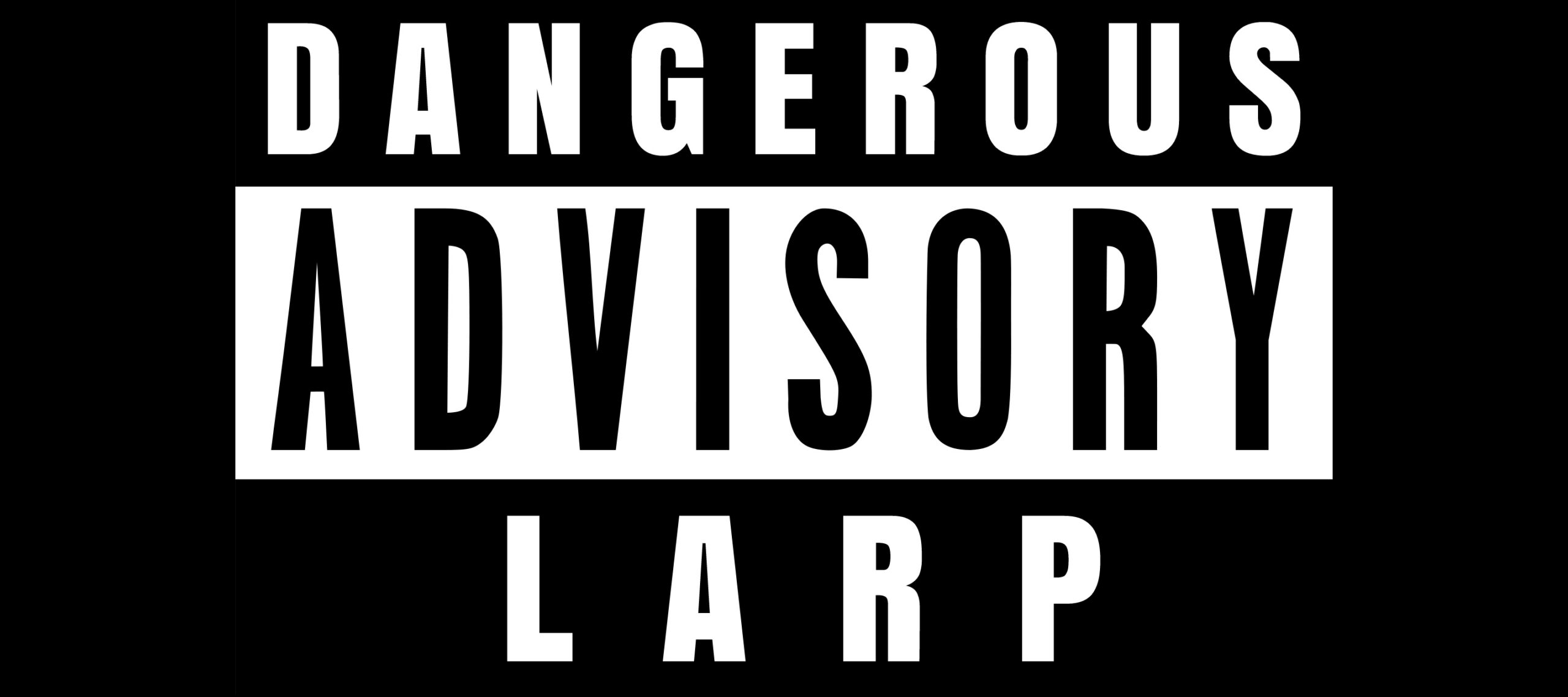Category: Knutpunkt 2018
Articles written as companion pieces to the larp conference Knutpunkt 2018.
The following tracks are represented in the articles:
Hearts – Designer and organiser reflections
Diamonds – Tools, tips and tricks for larp designers and organizers
Clubs – Tools, tips and tricks for players
Spades – Larp analysis, discussion and reflection
Joker – Discussions and reflections on the larp community
-

Playing Safe?
in
A number of high profile articles and discussions about safety in Nordic larp seem to imply that safety has become the primary concern for larp design. This article interrogates that implication by a series of interviews with larp designers, and experts on safety.
-

All Cards on the Table
The theme of this year’s Knutpunkt is shuffling the deck. With this theme, the organizers aim to rethink some of the ways in which the Nordic larp conference has traditionally been staged and perceived. Inspired by the theme we took on the challenge to rethink also the Knutpunkt publication.